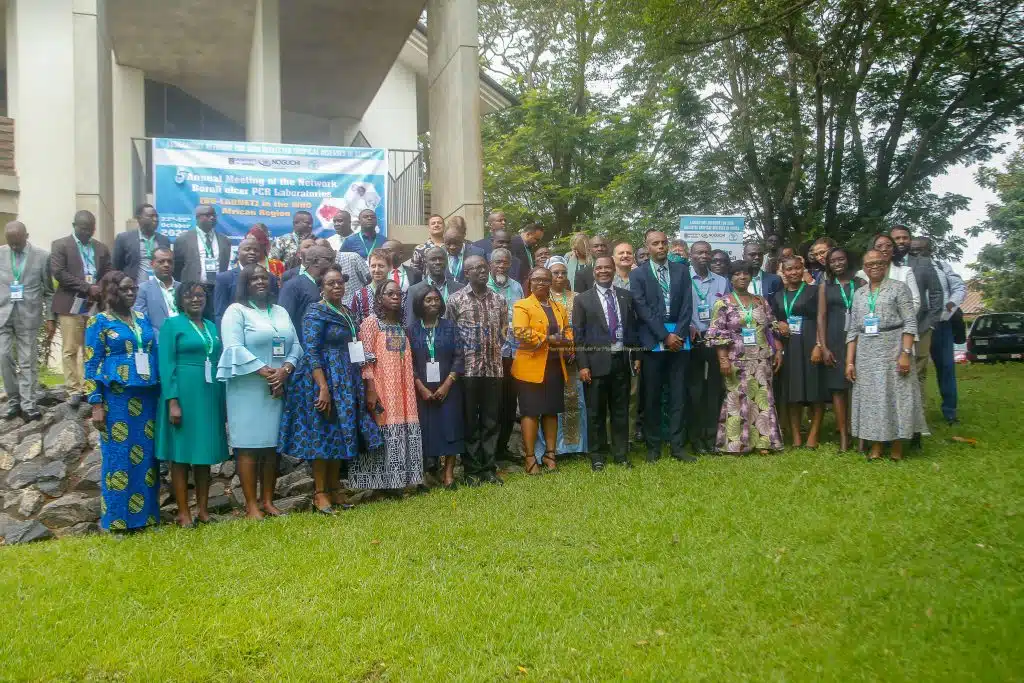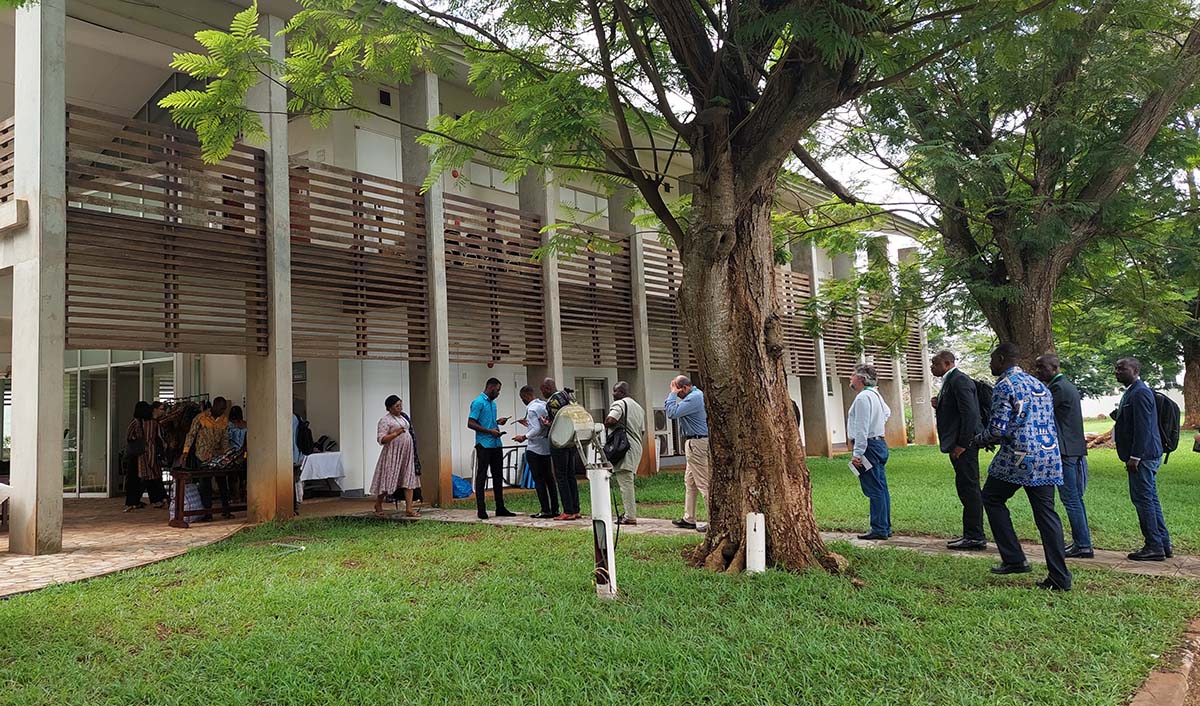The Fifth Annual Meeting of the Burlui Ulcer LABNET

The Fifth Annual Meeting of the Burlui Ulcer LABNET, held in Accra, Ghana, from October 23 to 25, 2023, played a critical role in addressing neglected tropical diseases (NTDs) affecting the skin throughout the WHO African Region. This assembly was primarily focused on enhancing laboratory diagnostics and fostering collaboration among countries endemic to these diseases.

Originally established in 2019 under the name Burlui Ulcer LABNET, this network is committed to improving the diagnosis of Buruli ulcer through standardised PCR testing techniques. With representation from 13 laboratories spanning nine endemic nations and supported by a variety of organisations, its primary goal is to enhance diagnostic precision. The primary agenda of the meeting included a comprehensive review of past recommendations, discussions on laboratory initiatives concerning other skin-related NTDs, strategic communication planning, and laying out plans for future endeavours.

The event drew over 70 participants, including representatives from laboratories, leaders of NTD programmes, healthcare practitioners, and partner organisations. This diverse attendance underscored the imperative of global cooperation in combating NTDs. Discussions at the meeting were centered on addressing laboratory needs and standardising PCR methodologies for various skin-related NTDs. A significant decision made during the event was the transition of the network from BU-LABNET to Skin NTD LABNET.
Key recommendations included proposals to rename the network, sustain the Coordinating Center, revamp organisational structures, and enhance collaboration between national programmes and laboratories. WHO was urged to revise agreements, advocate for financial backing, and streamline communication channels among stakeholders.

The meeting concluded with recommendations for member laboratories to strengthen relationships with national programmes, participate in quality assessments, and actively engage in research. National programmes were encouraged to bolster collaboration with laboratories and invest in training initiatives. Partners were urged to align their efforts with integration goals and provide additional financial support.
The Mycetoma Research Center was designed as a mycetoma reference laboratory.
In essence, this meeting marked a significant step forward in addressing skin-related NTDs and advancing healthcare accessibility in regions where these diseases are prevalent. It underscored the critical role of collaborative efforts and strategic planning in tackling these complex health challenges.
